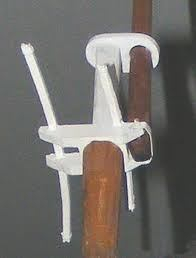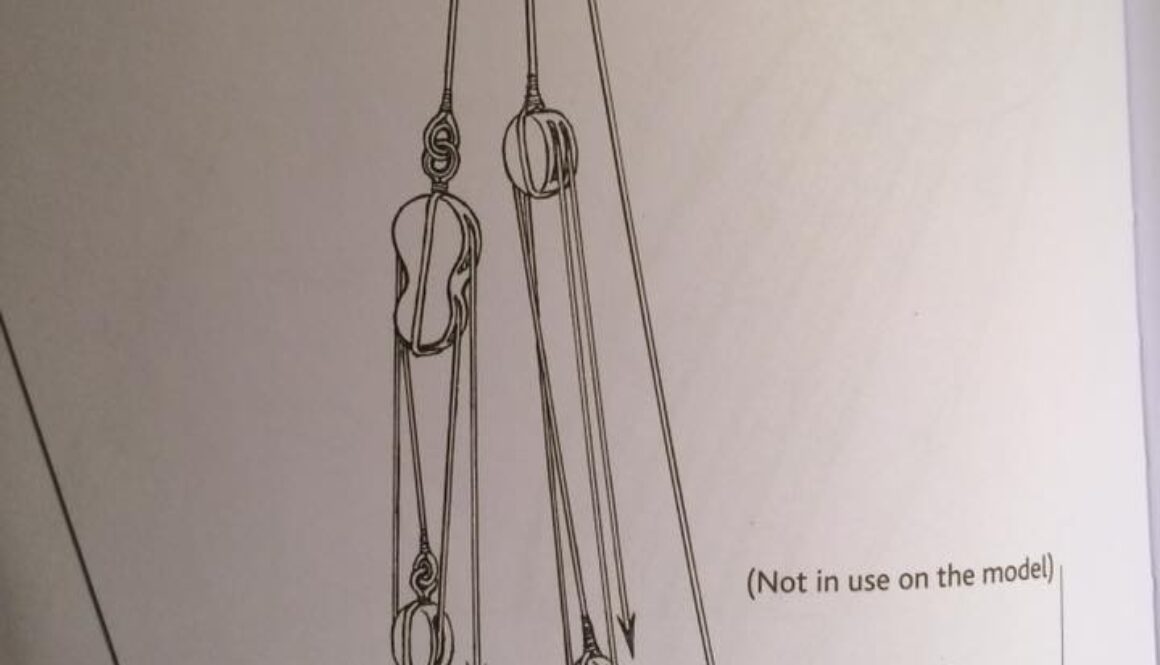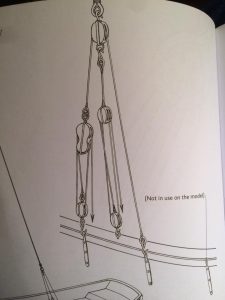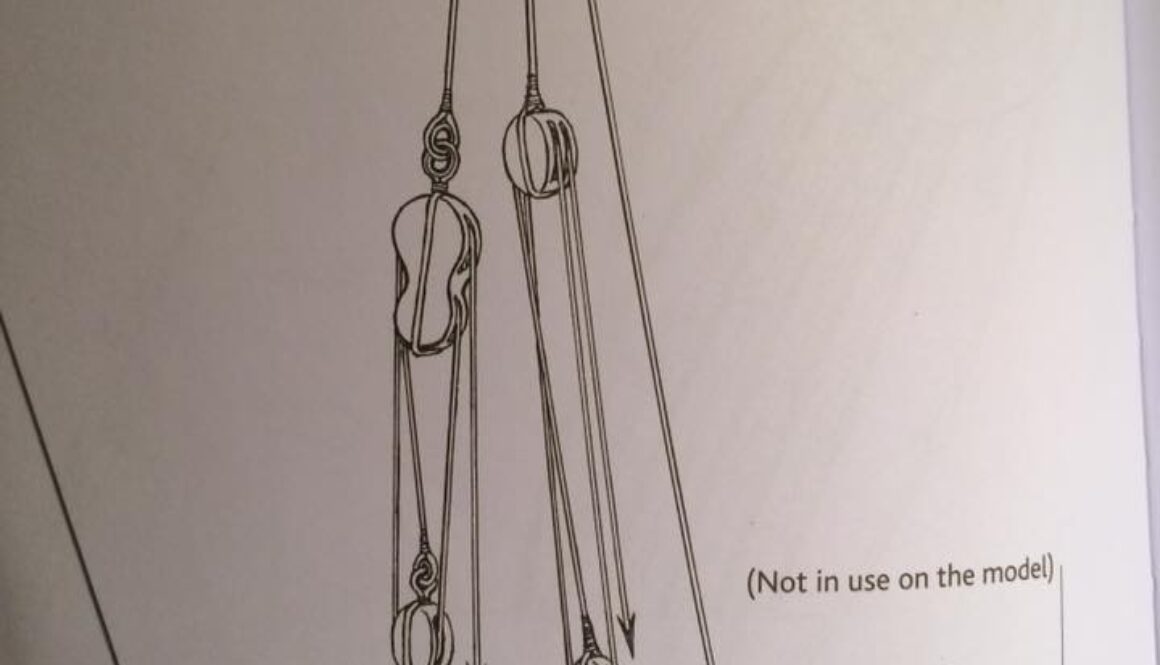The Shape of Beer: the Answer
To review, here is last week’s Puzzle:
When a beer can is full, its vertical center of gravity (VCG) is half the can’s height.
When it is partly full, its VCG is somewhat lower.
When it is empty, the VCG is again half the height of the can.
When is the can’s VCG at its lowest?
The answer starts with knowing that there is a VCG of the can, and a separate VCG of the cylinder of beer inside the can, and that the two combine to produce a third VCG. All three points coincide when the can is full. The can’s VCG doesn’t ever change, but when you start drinking the beer’s VCG gets lower, and so does the combined VCG, but only until no part of the beer is above the combined VCG.
Before then, that VCG moves downwards. If you remove any more beer, it VCG starts to move upwards. So the elegant, obvious-once-stated answer is that the combined VCG is lowest when it coincides with the top surface of the beer.
Another approach is to turn the beer can into a pendulum, perhaps using the tab as an attachment point for the string. The period of a pendulum’s swing is proportional to the distance of the weight’s VCG from the pivot point. So even though the beer can gets lighter with successive sips, its VCG gets further from the pivot point, and you can time the swing to find the longest period. At which point the top surface of the beer will be as above.
One of my favorite entries came from Mike Madden, who got bogged down in calculations, so decided to take another approach. As he wrote, “Out came the precision equipment (scales, beer can, inclined plane (2 rulers and a rubber band — a ruler for the can to sit on, one to measure the vertical height and a rubber band to make a stop so the can didn’t slide down the ramp). Full, the can tipped at about 23 degrees from the horizontal (that is, the back end of the 12 “ramp was about 4 3/4” off the table). Since a thing tips over when its center of gravity is outside its base, I was encouraged to find that a right triangle from the VCG of the can to a point on the circumference of the base was 23 degrees, too…
“Anyway, after some playing around, It looks like the most stable VCG (tipping at about 36 degrees) is when the can is a little less than 1/3 full, putting the VCG … at about 1/6 the height of the can…”
This is consistent with results gotten by other means. I will note here that any specific result depends entirely on the relative density of the beer (or other liquid), and the dimensions and materials of the can. Heavier cans will contribute more to the result, lighter ones, less. Same for the contents.
Most entrants thought the answer was when the weight of the beer was the same as the weight of the can. This has a certain intuitive appeal, but it can be dismissed, with no need for calculus, by imagining a can that weighed the same as the beer it contained, when the can was full. The VCG would still start dropping when you started sipping.
Some entries were less than, um, scientific, but possessed of admirable practical consideration. For example, Greg Bridges wrote, “Open the beer, drink it, drop can on floor sideways, flatten with foot. VCG is now .005cm from the bottom, assuming the can has a standard industry sidewall thickness… Don’t think you can get much lower than that.”
Okay, now for the winner. I am happy to say that it came from Aaron Drake, who provided a hand-written work of art: pages of calculations that prove in-depth what other methods can only approximate. If you would like to enjoy a little algebra ecstasy, see below. In closing, Aaron also made use of the fact that rum is lighter than beer. He wrote, “In conclusion, on lighter air days when a higher VCG is desired… bring rum.”
To view Aaron’s work of art, see:
https://drive.google.com/file/d/1IpOAJ6izP9iW3Gc9BaBLu3bucb0JVN21/view?usp=sharing
Congratulations, Aaron! You have won a bottle of amazing beer, courtesy of Propolis Brewing, here in Port Townsend. Be in touch with me to arrange shipping. Or, if you are in the neighborhood, you can visit the brewery in person, and get one of their beer flights.
As for how all this relates to rigging, the lower the VCG of a hull, the more wind energy it can absorb without falling over. On vessels with ballast keels, the lead is the beer, and the hull and rig are the can. But even without ballast keels, VCG can be lowered, by judicious hull construction, lighter spars, and where you stow all the crap you bring aboard.
Coming on Friday: The Old Ways
Next week’s Puzzle: Rigging the Bathroom
If you are enjoying the blog posts here, you can subscribe to get email notifications. Just scroll down to the bottom of this page.









